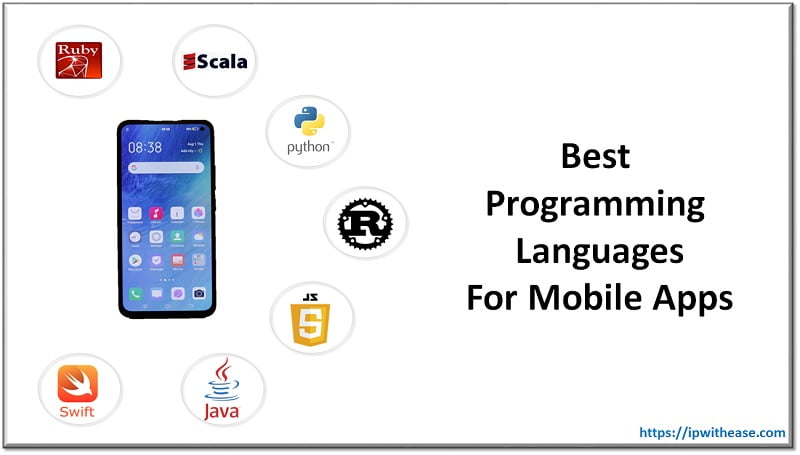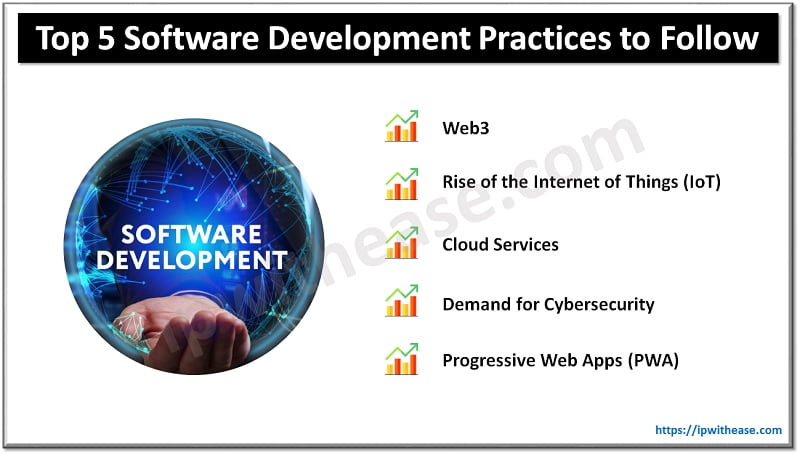Web API Services
Simple Object Access Protocol (SOAP) and Representational State Transfer (REST) are two answers to the same question: how to access Web services? The choice initially may seem easy, but at times it can be surprisingly difficult. Before discussing REST vs SOAP, let’s first understand what both are.
What is REST?
REST describes a set of architectural principles by which data can be transmitted over a standardized interface (such as HTTP). REST does not contain an additional messaging layer and focuses on design rules for creating stateless services. A client can access the resource using the unique URI and a representation of the resource is returned. With each new resource representation, the client is said to transfer state.
REST, which typically runs over HTTP (Hypertext Transfer Protocol), has several architectural constraints:
- Decouples consumers from producers
- Stateless existence
- Able to leverage a cache
- Leverages a layered system
- Leverages a uniform interface
What is SOAP?
SOAP is an open-standard, XML-based messaging protocol for exchanging information among disparate operating systems (such as Windows and Linux) to communicate using Hypertext Transfer Protocol (HTTP) and its Extensible Markup Language (XML).
SOAP is an acronym for Simple Object Access Protocol. It is an XML-based messaging protocol for exchanging information among computers. SOAP is an application of the XML specification.
Below points briefly describes the nature of SOAP −
- SOAP is a communication protocol designed to communicate via Internet.
- SOAP can extend HTTP for XML messaging.
- SOAP provides data transport for Web services.
- SOAP can exchange complete documents or call a remote procedure.
- SOAP can be used for broadcasting a message.
- SOAP is platform- and language-independent.
- SOAP is the XML way of defining what information is sent and how.
- SOAP enables client applications to easily connect to remote services and invoke remote methods.
Comparison Table: REST vs SOAP
Now once the understanding of REST and SOAP is clear , lets compare and find out how they differ in characteristics and behaviors –
| PARAMETER | REST | SOAP |
|---|---|---|
| REST is architectural style. It is more flexible. | SOAP is protocol. It is highly specified. | |
| Industry Standard | No Official Standard | Has Official Standard |
| Focus | Focused on accessing named resources through a single consistent interface. | Focused on exposing pieces of application logic as server. |
| Documentation | Easy documentation | Complex documentation |
| Data Formats | Supports many formats | Only supports XML format |
| Performance and Scalability | Better performance and scalability | |
| Caching | REST reads can be cached | SOAP based reads can't be cached |
| Security | Supports SSL | Supports SSL in addition to XML signatures and encryption |
| Reliability | Limited to single HTTP transactions REST expects client to retry during connection failure | Ensure ACID transactions SOAP has successful/retry logic built-in |
| Areas of use | Where high security and high reliability is not critical | Where high security and high reliability is critical |
| Bandwidth Requirement | Require less bandwidth and resource than SOAP | Requires more bandwidth and resource than REST |
| Transport Layer | Tied to HTTP transport model | Both SMTP and HTTP are valid application layer protocols used as transport for SOAP |
| Error Handling | Built-in error handling | No error handling |
| Payload | No constraints on payload | Payload must comply with SOAP schema |
Continue Reading:
ABOUT THE AUTHOR

You can learn more about her on her linkedin profile – Rashmi Bhardwaj



